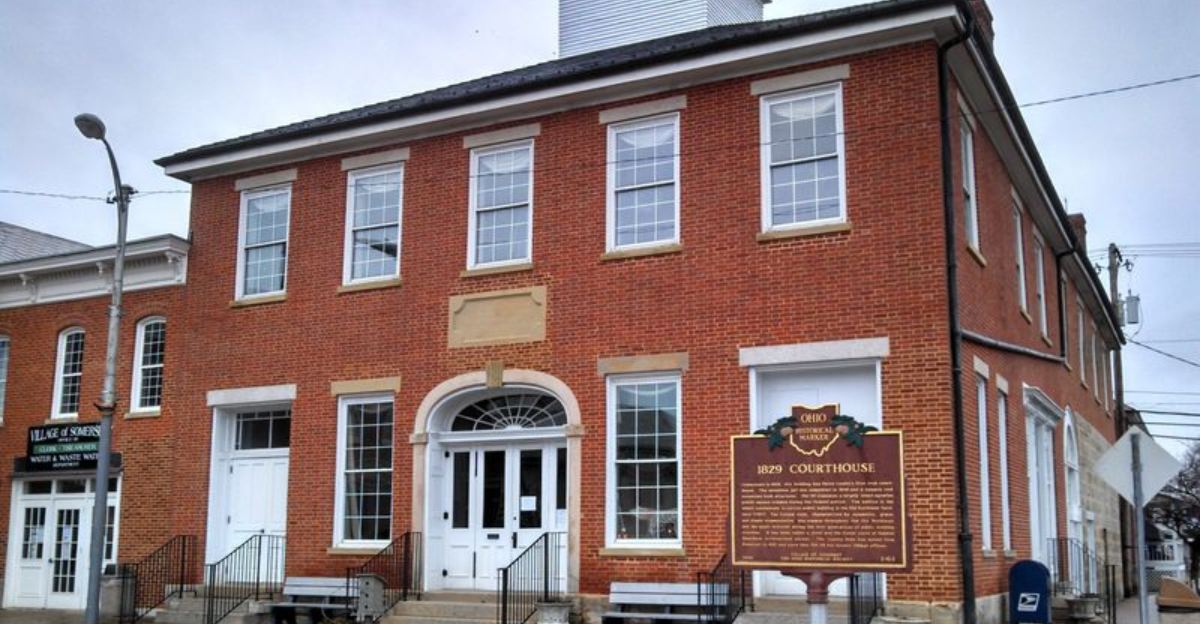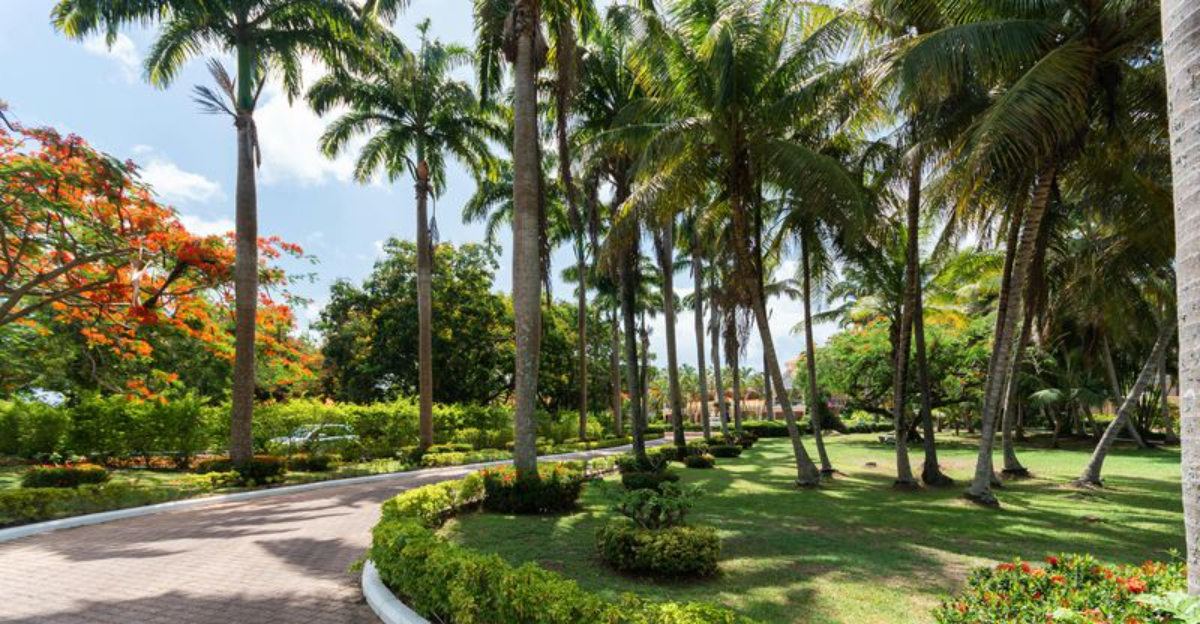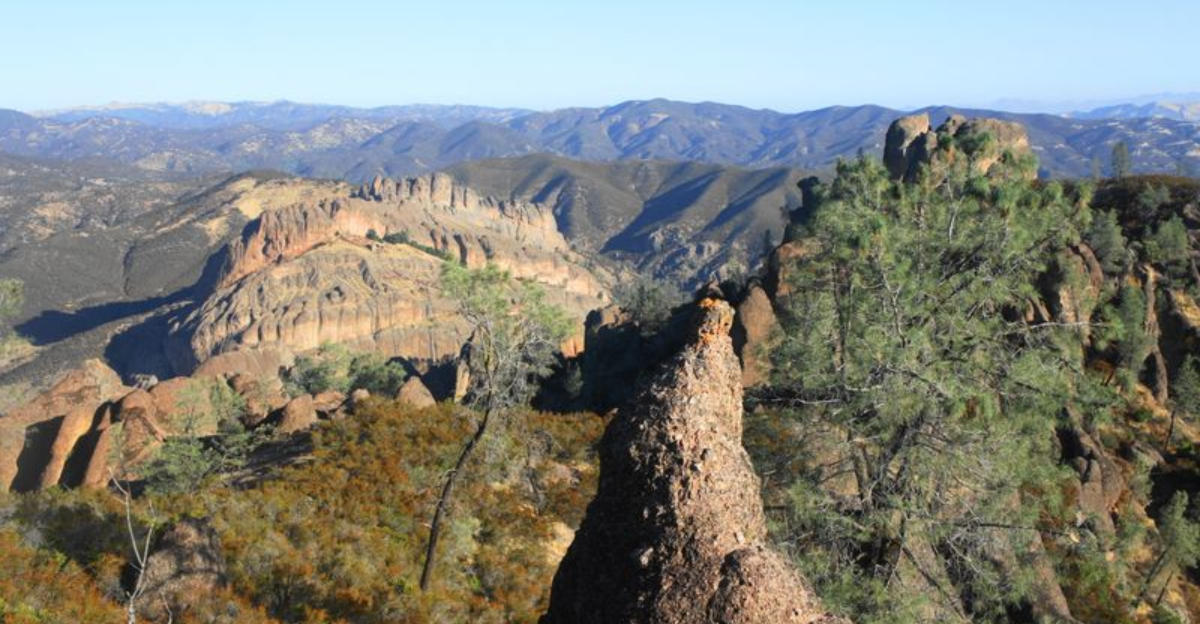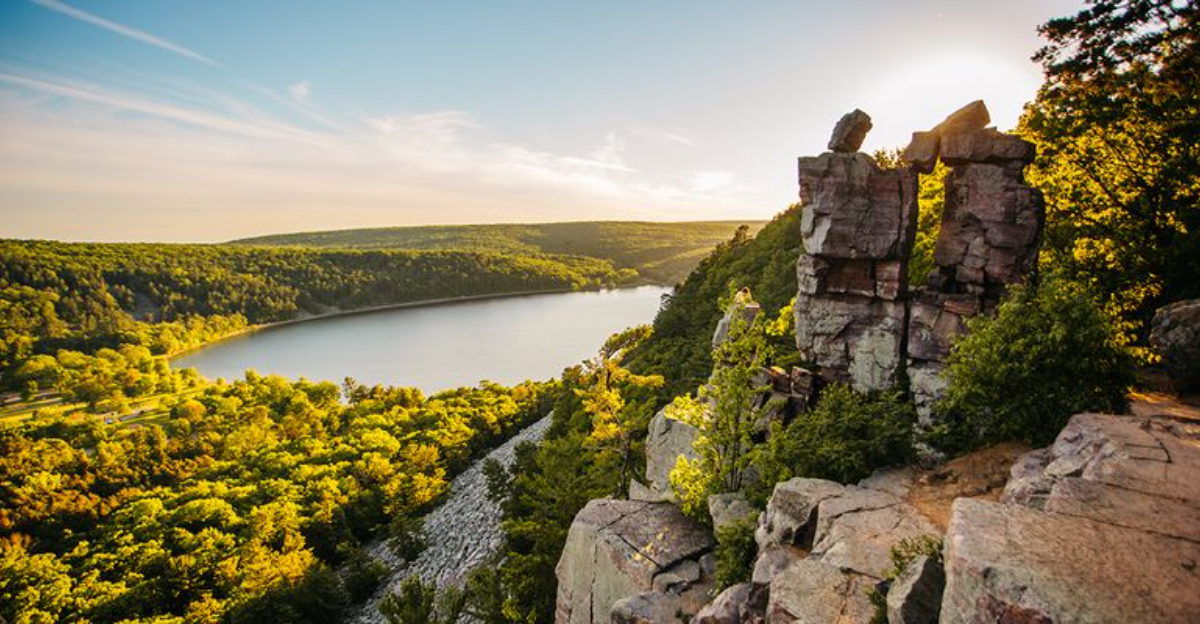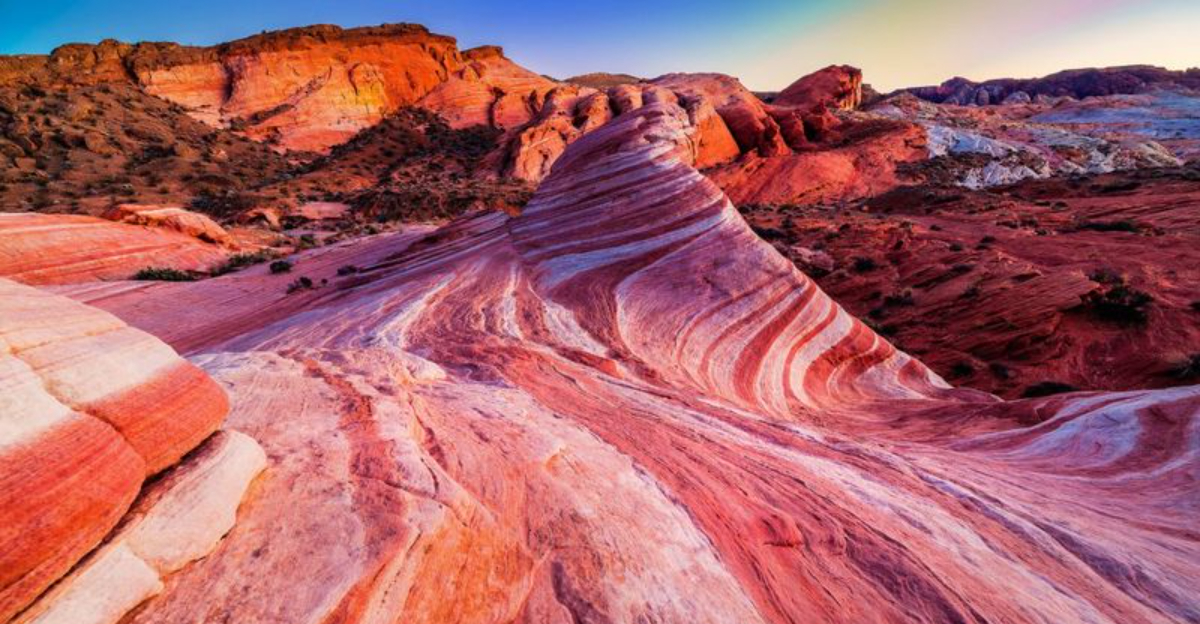13 Places So Restricted Even The Boldest Travelers Can’t Enter
The world is full of wonders, but some places remain forever out of reach.
Hidden behind locked gates, guarded borders, or layers of secrecy, these destinations stir curiosity precisely because we can’t step inside.
They hold stories of power, mystery, and danger – sites where history was made or where nature itself enforces the rules.
Here are 13 places so restricted that even the boldest travelers are stopped at the edge.
1. Area 51 (Nevada, USA)

If you’ve ever dreamed of uncovering alien secrets, this infamous military base might be your ultimate fantasy destination.
Unfortunately, the U.S. government keeps this facility under lock and key with armed guards and serious consequences for trespassers.
Officially used for testing experimental aircraft, conspiracy theories swirl around what really happens behind those guarded gates.
Whether it’s extraterrestrial technology or top-secret weapons, you’ll never know unless you work there.
2. North Sentinel Island (India)
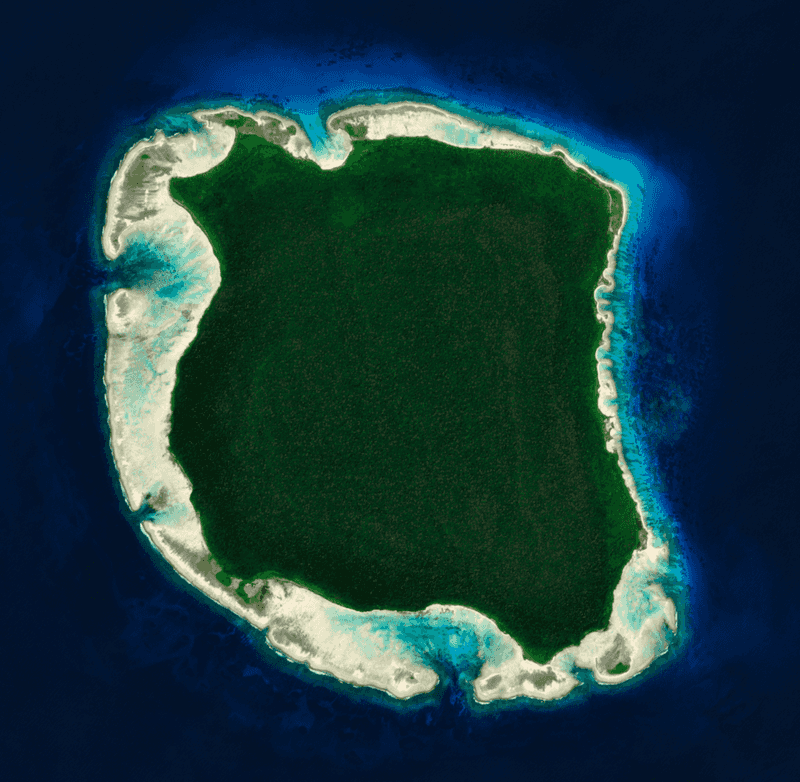
Home to one of the last uncontacted tribes on Earth, this tiny island remains frozen in time.
The Sentinelese people have violently rejected all outside contact for thousands of years, making any visit incredibly dangerous.
Indian authorities enforce a strict exclusion zone to protect both the tribe and potential visitors. Approaching the island is illegal, and those who’ve tried have faced deadly consequences from the islanders’ arrows.
3. Surtsey Island (Iceland)
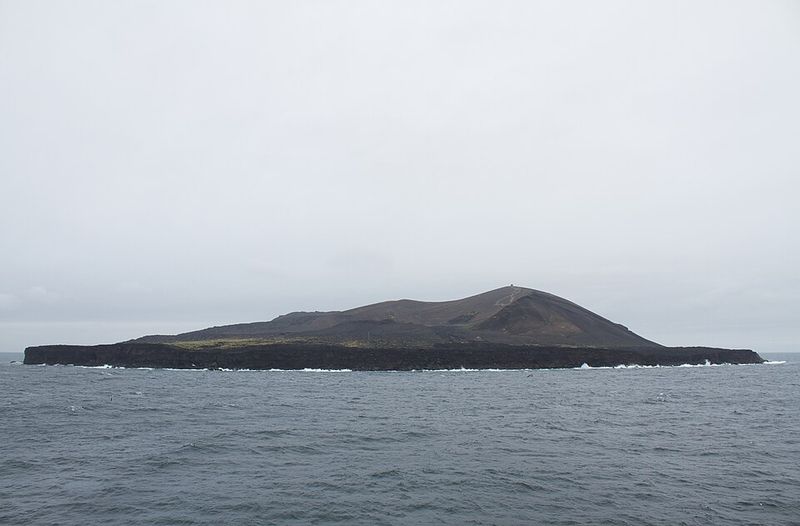
Born from a volcanic eruption in 1963, this island serves as nature’s laboratory for scientists studying how life colonizes new land. Only a handful of researchers receive permission to step foot here each year.
Iceland’s government protects Surtsey fiercely to prevent human contamination of this natural experiment.
Even scientists must follow strict protocols, including cleaning their boots to avoid introducing foreign seeds or organisms.
4. Snake Island (Ilha da Queimada Grande, Brazil)
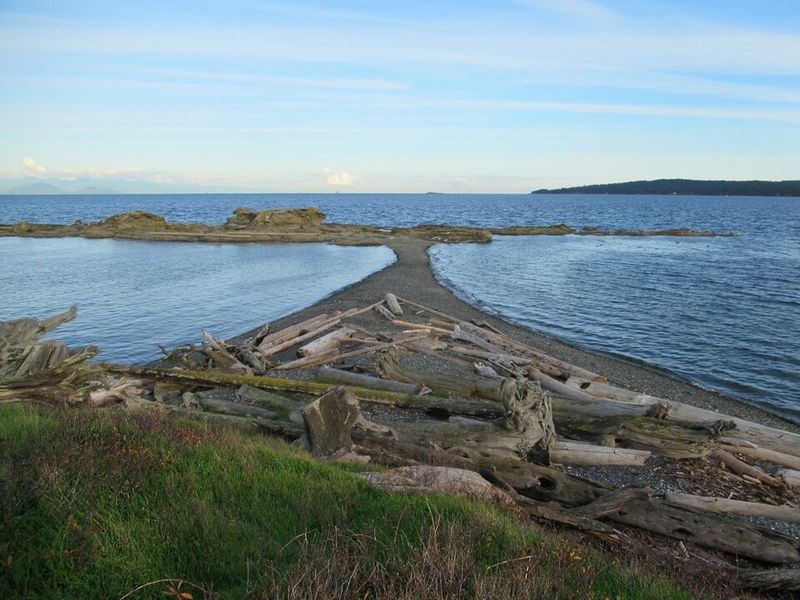
With up to five venomous snakes per square meter, this island earns its terrifying reputation as one of the deadliest places on Earth.
The golden lancehead viper lives nowhere else and possesses venom that can melt human flesh.
Brazilian authorities banned all visits except for approved scientific research missions. Legend claims the last lighthouse keeper and his family died when snakes entered their home, though the story remains unverified.
5. The Vatican Secret Archives (Vatican City)
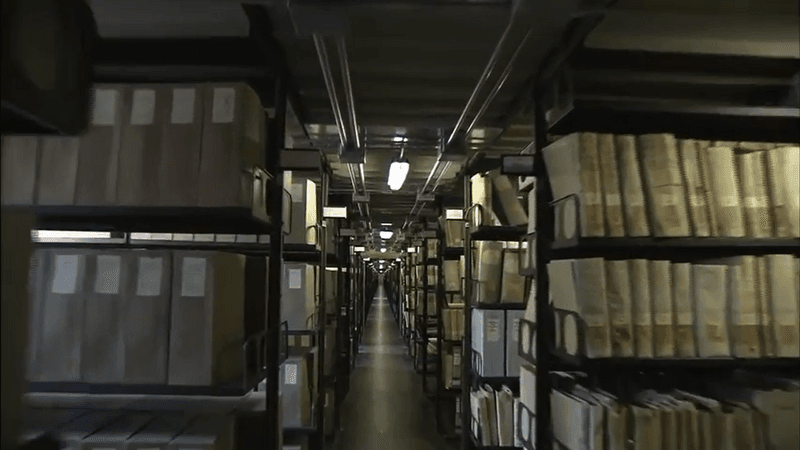
Containing over 600 years of papal correspondence and church history, these archives hold documents that could rewrite what we know about European history.
Despite the intriguing name, “secret” actually means “private” in Latin.
Only qualified scholars with specific research purposes can request access, and they must submit detailed applications months in advance.
Even then, they can only view pre-approved documents under strict supervision.
6. Mezhgorye (Russia)
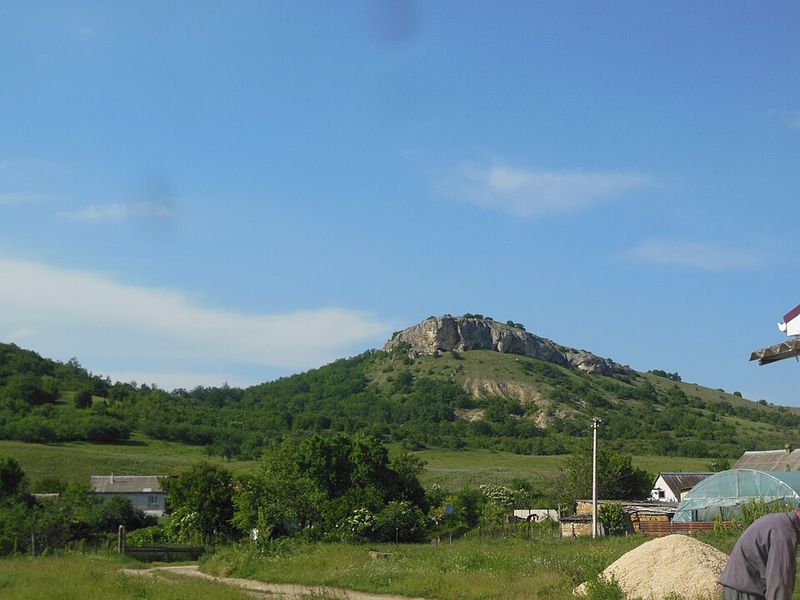
Nestled in the Ural Mountains, this closed town supposedly houses facilities for mining or nuclear projects, according to official Russian statements.
Western intelligence agencies suspect something far more sinister lurks beneath Mount Yamantau nearby.
Theories range from nuclear bunkers designed to protect leadership during apocalyptic events to massive weapon storage facilities.
7. Fort Knox (Kentucky, USA)
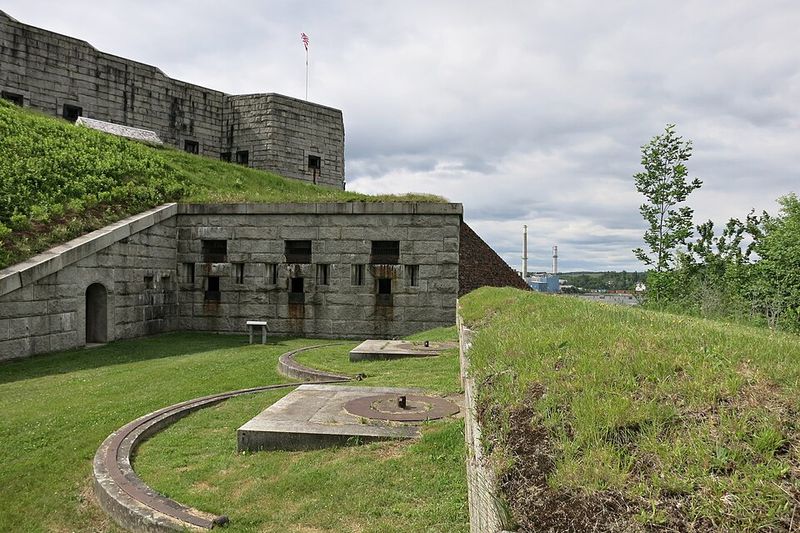
Guarding over 147 million ounces of gold behind walls of granite, steel, and concrete, this legendary vault represents ultimate security.
The door alone weighs 20 tons and no single person knows the entire combination to open it.
Armed guards, electric fences, minefields, and attack helicopters protect America’s gold reserves. No visitors have been allowed inside the vault since a congressional delegation toured it in 1974.
8. Poveglia Island (Italy)
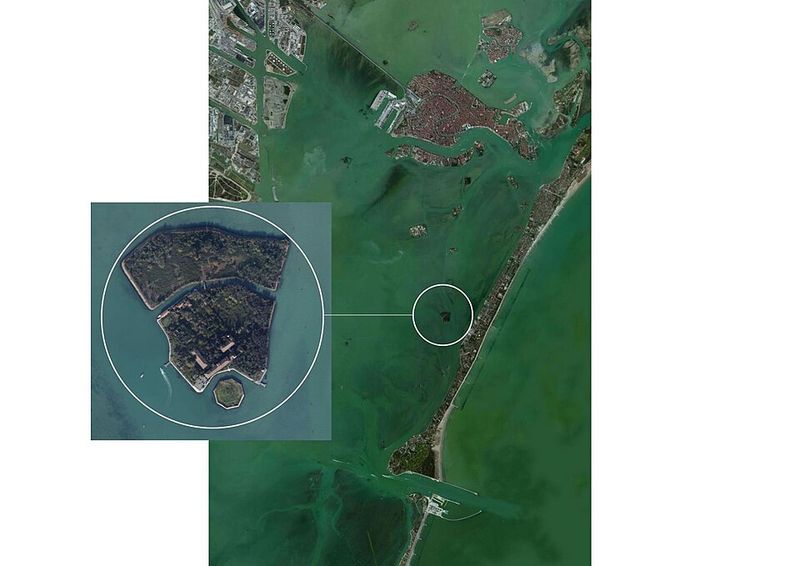
Known as one of the world’s most haunted locations, this island served as a quarantine station during plague outbreaks and later housed a mental asylum.
Locals claim over 160,000 plague victims died here, their ashes mixed into the soil.
Italian authorities strictly prohibit visits, though legends of paranormal activity attract ghost hunters who attempt illegal landings.
9. RAF Menwith Hill (England)

Those mysterious white golf balls dotting the English countryside aren’t for recreation – they’re radomes covering satellite dishes that intercept communications worldwide.
This base serves as the largest electronic monitoring station outside the United States.
Operated primarily by American intelligence agencies, the facility’s actual capabilities remain classified.
Peace activists regularly protest outside, but armed guards ensure nobody gets close enough to discover what’s really happening inside.
10. Ise Grand Shrine (Japan)
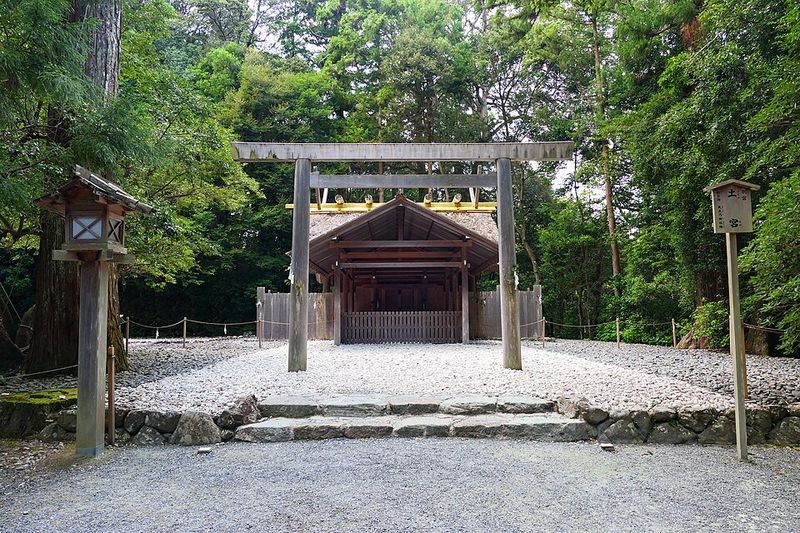
Dedicated to the sun goddess Amaterasu, this sacred complex represents the spiritual heart of Shinto religion.
While visitors can explore outer areas, the innermost shrine remains accessible only to imperial family members and head priests.
Every 20 years, craftsmen completely rebuild the shrine using ancient techniques, maintaining traditions spanning 1,300 years.
This rebuilding process transfers knowledge between generations while keeping the structures eternally new yet timelessly traditional.
11. Heard Island (Australia)

Derivative: SHB2000 (cropped), licensed under CC BY-SA 4.0. Via Wikimedia Commons.
Located over 4,000 kilometers from mainland Australia, this volcanic island hosts one of the few active volcanoes in Australian territory.
Extreme weather, treacherous seas, and the island’s protected status keep virtually everyone away.
Scientists occasionally visit for research, but they need special permits and face harsh conditions that make Antarctica seem welcoming.
12. Tomb of Qin Shi Huang (China)
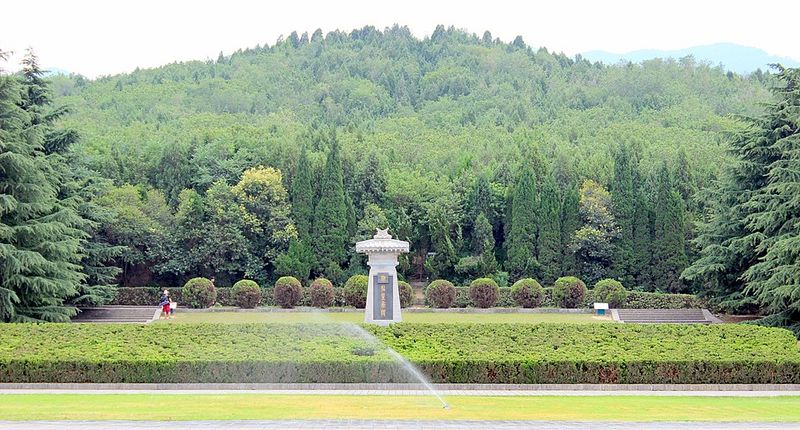
Guarded by thousands of terracotta warriors, China’s first emperor rests in an unopened tomb that might contain rivers of mercury and untold treasures.
Ancient texts describe booby traps designed to kill anyone who enters.
Chinese authorities refuse to excavate the main burial chamber, citing concerns about preservation technology and respect for the dead.
High mercury levels detected around the mound suggest the ancient descriptions might be accurate.
13. Pine Gap (Australia)
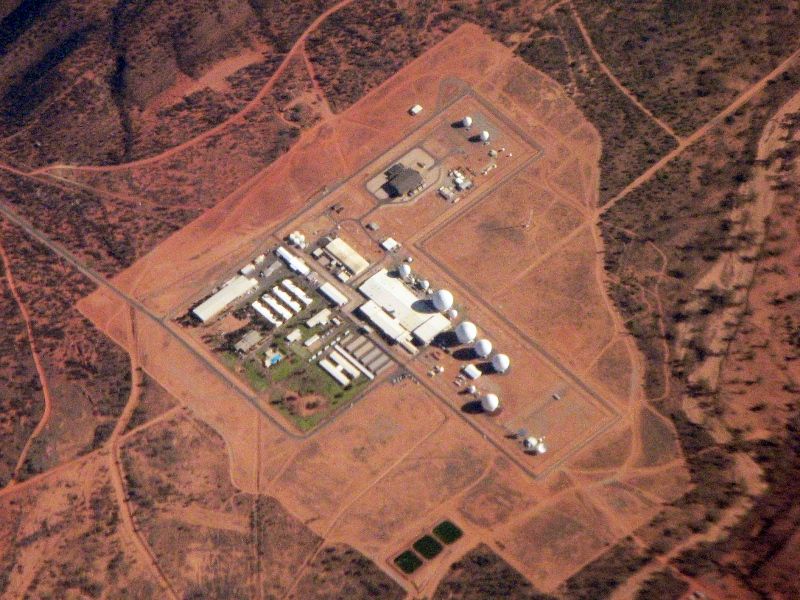
Sitting in Australia’s red center near Alice Springs, this joint U.S.-Australian facility monitors satellite communications and provides early warning for missile launches worldwide.
Its official name, Joint Defence Facility Pine Gap, barely hints at its importance.
Surrounded by exclusion zones and patrolled by security forces, the base remains one of the most important intelligence facilities in the Southern Hemisphere.

